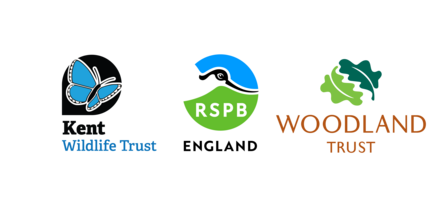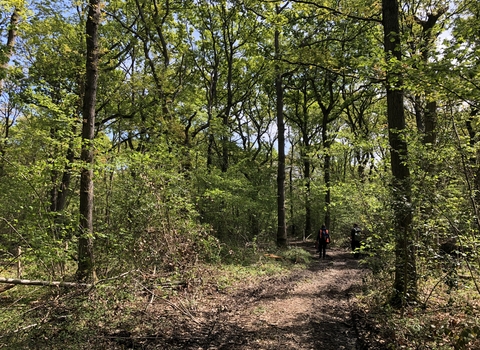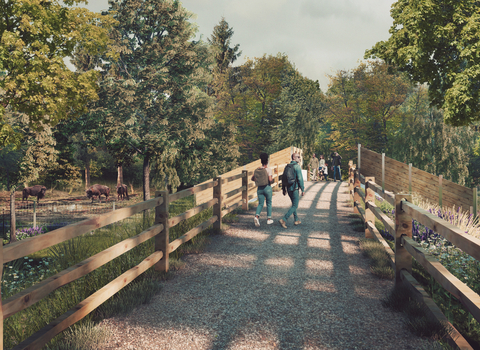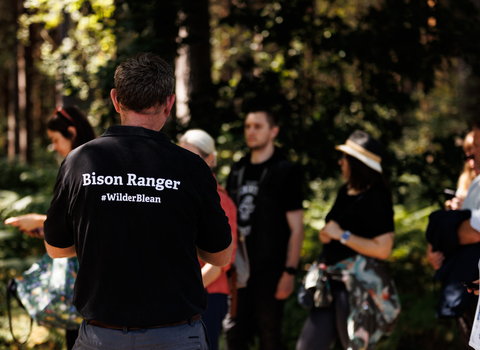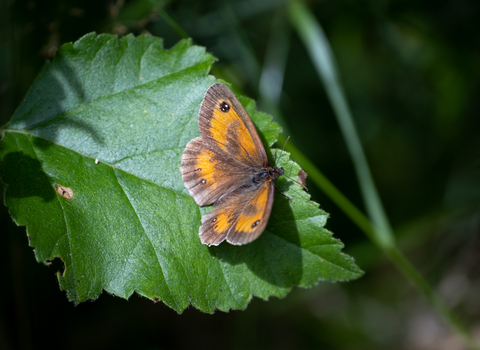A Wilder Blean, the UK's first nature driven landscape
The Wilder Blean is our vision for an iconic landscape, where wilderness can be experienced, and nature is at the heart of healthy communities with a thriving green economy.
*Map may not work on mobile devices, please bear with us as we add this functionality soon
The Blean
The UK is one of the most nature-depleted countries in the world. In Kent, wildlife has suffered over recent decades from habitat loss due to poorly planned developments and pollution in our rivers and seas.
Kent’s Blean complex is the largest area of continuous ancient woodland in southern England. It is a hotspot for the rare and iconic heath fritillary butterfly and Red-list woodland specialist birds, including lesser-spotted woodpeckers, nightingales and spotted flycatchers. Several invertebrate species thought extinct in the UK have also been recently recorded. With only 2.5% of the UK covered by ancient woodland, protecting every hectare is vital.
The Wilder Blean Initiative have embarked on a journey that will see the future of the Blean secured to become a place not only visited for its outstanding wildlife and scenic woodlands but also recognised for its positive social and economic opportunities for the community.
Over the next ten years, using a collaborative and joined up approach, the Wilder Blean Initiative will work with the community, landowners/managers and stakeholders to bring together knowledge, expertise and ideas to build a vision for this landscape. Driven by natural processes, we want to see missing species returned to a reconnected and wilded landscape in one of the most land-scarce corners of England.
Join us!
Join our Wilder Blean Community Advisory Group! We want members of the local community to get involved in the Wilder Blean Initiative. Come and share your passion for your local area, have a voice in decision making and contribute meaningful actions for nature in the Blean. Everyone is welcome to attend.
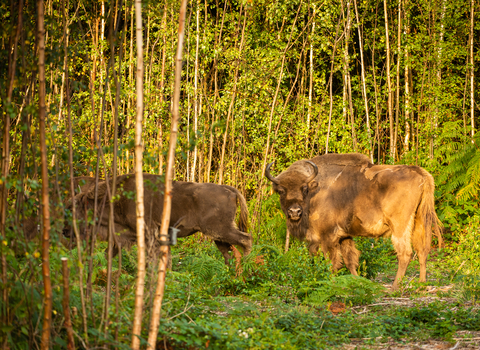
Photo by Robert Canis.
Aim: Restoration of complete natural process to a lowland English woodland
The first phase of this long-term project was the introduction of European bison into West Blean and Thornden Woods in 2022: the first step towards a Wilder Blean.
These large grazing herbivores, along with longhorn cattle, Exmoor ponies and Iron-Age pigs, have been introduced to take over the woodland’s management. These animals act as ecosystem engineers; their natural behaviours return ecological processes that have been missing from UK woodlands for thousands of years, allowing human management to take a step back to restore a functional and thriving ecosystem and an abundance of wildlife.
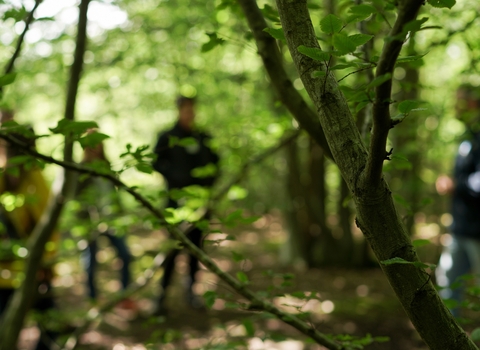
Aim: Create a biologically rich, extensive, connected, and resilient landscape...
... managed through natural processes.
As with many of the UK’s natural areas, the Blean landscape has been fragmented by farming and development. This has resulted in isolated pockets of woodland, limiting the movement of wildlife and grazing animals and making public access across the Blean restricted.
Natural grazing across the Blean
Natural grazing by herbivorous animals is critical to the health and resilience of many of our ecosystems. This relatively simple solution of natural management can enhance biodiversity by opening up landscapes, allowing a diverse range of plants to thrive. Habitats like woodlands are then more resilient to climate change with boosted carbon storage capabilities, reducing the risk of catastrophic floods and fires.
Returning iconic grazers such as European bison and Exmoor ponies to the landscape can also support the growth of nature-based economies, generating jobs and a new pride in local nature.
A reconnected landscape will provide a core area for natural grazing animals to move freely across the entire Blean complex. These large herbivores, who fulfil an important role as ecosystem engineers, will therefore be able manage the land naturally.
These woodlands, together with the High Weald, make up the lungs of the South East, cleaning the air in an otherwise heavily industrialised landscape where air pollution levels are double that recommended by the World Health Organisation.
Natural grazing also helps to mitigate the effects of climate change through cooling, water storage and carbon sequestration. Restoration of these woodlands would dramatically increase their capacity to provide these benefits for the community.
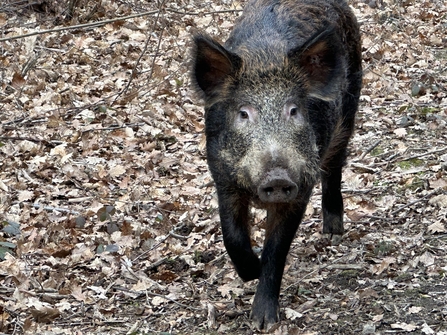
Together, we can create an iconic landscape
The key to the success of the Wilder Blean is collaboration. By working together and addressing the needs of wildlife and people, we can create an iconic landscape alongside the likes of the New Forest and Lake District.
By thinking about landscape-scale conservation in a whole new way and acknowledging the different aspirations for the Blean, we hope to create a sustainable, long-term future for the Blean.
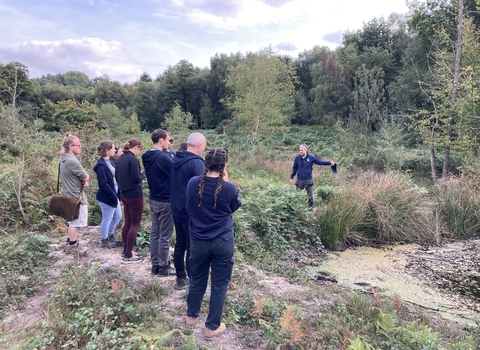
Helen Pitman
Get involved
There are lots of ways to get involved with the project and will determine the future of the Blean. Do you have a farm or land in the Blean landscape with an area that could contribute to habitat corridors? Are you a keen naturalist and fancy joining the Wilder Blean Community Group? Are you between 13 and 20 years old and want your thoughts about the Blean heard though our Youth Forum?
If you would like more information or to get in volved with any aspect of the project, please contact blean@wilderkent.org.uk
